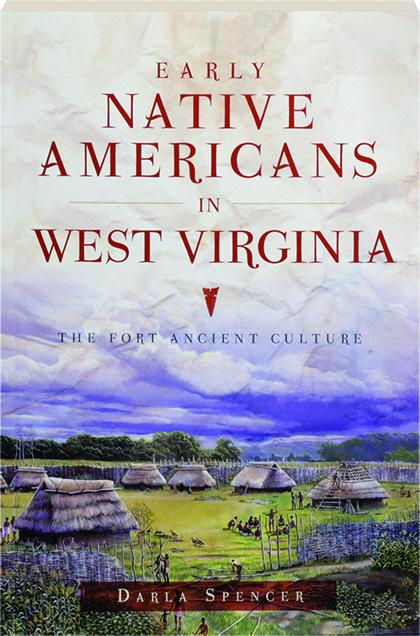
Darla Spencer’s book is an outstanding source
The Moundbuilders’ Art: A Confluence of ‘Ingenuity, Industry, and Elegance‘ on October 9, 2021
From c. 500 B.C. to c. 1650 A.D., the Adena, Hopewell, and Fort Ancient Native American cultures built mounds and enclosures in the Ohio River Valley for burial, religious, and, occasionally, defensive purposes. They often built their mounds on high cliffs or bluffs for dramatic effect, or in fertile river valleys. So common was the practice that the Ohio River Valley and its surrounding environs were once so populated with mounds that travelers such as Henry Brackenridge, passing through Ohio and the Mississippi Valley, could write in 1811: “There is hardly a rising town, or a farm of an eligible situation, in whose vicinity some of these remains may not be found.” Modern urban expansion tragically decimated the mounds so that comparably few remain today.
Although archaeologists have learned much about these cultures, there is much historians do not, and may never, know. For example, we do not know how these cultures would have referred to themselves. The labels of Adena, Hopewell, and Fort Ancient are merely convenient identifiers based on three archaeological “type sites”, each of which held definitive cultural markers for each group. Despite the convenience of these labels, they are somewhat misleading, each indicating one solid group which lived closely together, spoke the same language, and practiced an immutable set of traditions with no account of regional variation. In fact, the people defined by each label were spread out over vast areas of land and spoke many different languages, often coming together only for trade or ceremonial purposes. Regardless, archaeologists and historians continue to use these terms, as will this exhibition, for simplicity’s sake.
The abundance of mounds captured the imagination of the European settlers who arrived in the United States from the fourteenth to the nineteenth centuries. Although several European historians and scientists were willing to acknowledge, from comparatively early dates, the astonishing technical abilities of the Native Americas, many European settlers who encountered the mounds let their imaginations loose, willingly attributing their creation to almost all cultures save the Native Americans. Fortunately, during the nineteenth century, academic opinion slowly began to agree that various Native American cultures were responsible for the mounds, culminating in the work of the Bureau of Ethnology, created by John Wesley Powell, which silenced opposition in the academic community.
These three cultures represent only a small fraction of the Native American communities which thrived in Prehistoric Eastern America. Their skills and ingenuity regarding the landscape and the sky are mirrored in other Eastern native cultures and, indeed, across the prehistoric Americas.
>>>>>>………………>>>>>>………………>>>>>>
See also: Early Woodland Period – The Adena Culture, Mound Builders Art, October 9, 2021
The Early Woodland period, which began in the Ohio River Valley about 1000 B.C., witnessed the introduction of several substantial lifestyle changes for some of its inhabitants, including: an increasingly sedentary lifestyle due to the cultivation of plants; more elaborate burial rituals which included the construction of conical burial mounds or elaborate earthworks; the introduction of pottery; and an enlarged trading network. The most prominent culture within the Early Woodland Period is the Adena, which was given its name by the archaeologist William C. Mills in 1902 after his excavations on the Adena plantation at Chillicothe revealed definitive cultural attributions which turned the location into a ‘type site’ against which all subsequent suspected Adena locations were compared.
The Adena helped to initiate what is now known as the Eastern Agricultural Complex, a domestic farming revolution which allowed them to cultivate plants such as squash, sunflower, and pumpkins. Despite their growing interest in agriculture, they maintained a hunter-gatherer lifestyle, building temporary settlements which they returned to during the year.
Perhaps the Adena culture’s best known activity is the creation of conical burial mounds. This represents a major change from comparatively subtle burial habits of the Archaic period when the dead were typically buried outside campsites with largely utilitarian grave goods. The Adena people built conical mounds and small circular earthen enclosures, which were typically built in prominent locations in the Early and Middle Adena cultures, often at the edges of river valleys, and served as public monuments. The Late Adena culture tended to cluster mounds together, such as in the Wolfe Plains Group. These structures, particularly the largest examples, were built up over many years as burials were stacked upon those of the initial inhabitants; in many cases the mounds could reach over thirty feet tall. Burial mounds were viewed as sacred, and are interpreted as communal sites where ceremonies, whether joyous or contemplative, were held.
